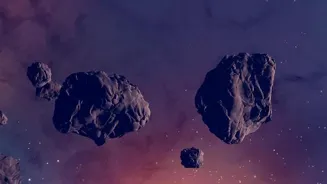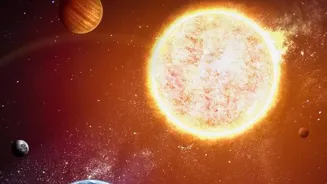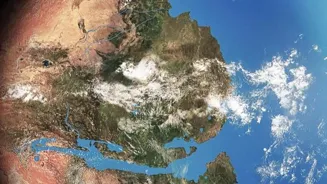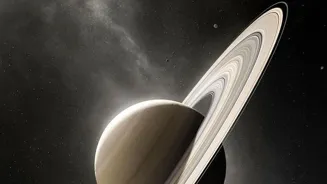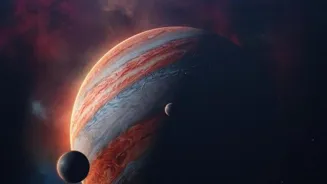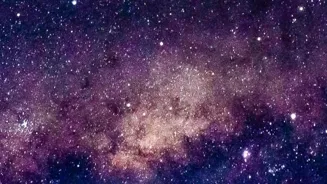Comets vs. Asteroids: Understanding 7 Key Differences! Dive into the cosmos and unravel the secrets of celestial wanderers
Namaste, readers! Space, the final frontier, is filled with fascinating objects.
Two of the most intriguing are comets and asteroids. Often confused with each other, they are quite different in their composition, origin, and behavior.
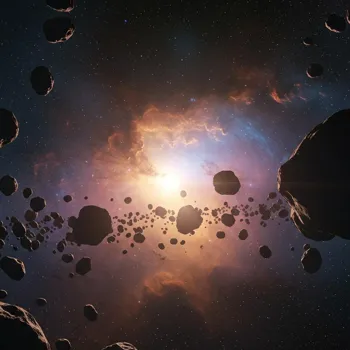
This article will break down these differences in seven easy-to-understand points, helping you distinguish these celestial wanderers. Forget complex astronomy textbooks; we'll keep it simple and engaging! Ready to explore the sky? Let's begin!
Composition: Ice and Dust vs. Rock and Metal
The most fundamental difference lies in what they are made of. Comets are often described as "dirty snowballs" or "icy dirtballs". They consist primarily of ice (water ice, but also other frozen substances like methane and ammonia), mixed with dust and rocky particles.
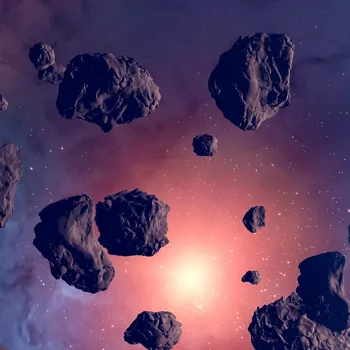
Imagine a cosmic slush puppy, more or less. Asteroids, on the other hand, are mainly composed of rock and metal, such as iron, nickel, and silicate minerals. Think of them as space rocks, some big, some small, but mostly dense and solid.
This difference in composition plays a crucial role in their appearance and behavior as they journey through space. Essentially, comets are icy leftovers from the solar system's formation, while asteroids are rocky remnants.
Location, Location, Location: Where They Hang Out
Comets generally reside in the outer reaches of our solar system. Many originate from the Kuiper Belt, a region beyond Neptune, or the even more distant Oort Cloud, which is thought to be a vast, spherical shell surrounding the solar system.
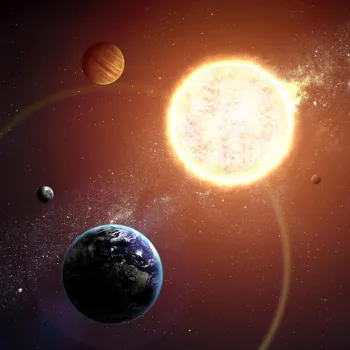
These areas are incredibly cold, allowing the icy components of comets to remain frozen solid. Asteroids, in contrast, are mostly found in the asteroid belt, located between the orbits of Mars and Jupiter. This region hosts millions of asteroids of varying sizes.
While some asteroids may venture closer to Earth, the majority remain within this belt. Their location dictates their exposure to the sun and, consequently, their appearance. This difference in location is a key distinguishing factor.
The Tail Tale: Comets' Magnificent Display
The most iconic feature of a comet is its tail, or rather, tails. As a comet approaches the sun, the heat causes its icy components to vaporize, a process called sublimation.
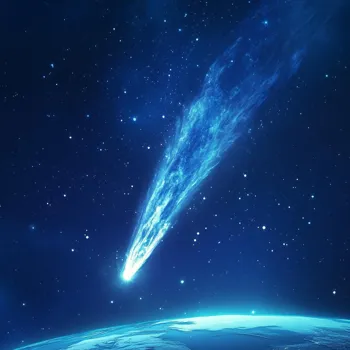
This releases gas and dust, which are then pushed away from the sun by solar radiation and the solar wind, creating a spectacular tail (or two). There's usually a dust tail, which is broader and curves slightly, and an ion tail, made of ionized gas, which points directly away from the sun.
Asteroids, lacking significant amounts of volatile substances, generally do not have tails. Some asteroids, called "main-belt comets," have displayed comet-like activity, but this is rare. The presence (or absence) of a tail is perhaps the most visually obvious difference.
Size Matters: From Pebbles to Small Planets
Both comets and asteroids vary significantly in size, but on average, asteroids tend to be larger. Asteroids can range from a few feet across to hundreds of kilometers in diameter. Ceres, the largest object in the asteroid belt, is even classified as a dwarf planet.
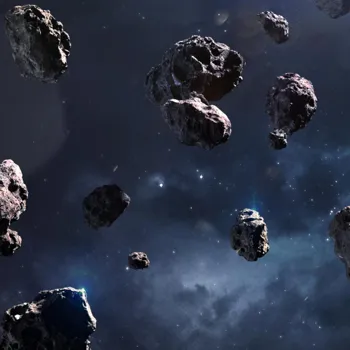
Comets, on the other hand, typically have nuclei (the solid, central part) measuring a few kilometers across, though some can be larger.
While the cloud of gas and dust surrounding the nucleus (the coma) and the tail can be enormous, the solid part of a comet is usually smaller than that of a typical asteroid. So, while both can be sizable, asteroids often take the prize for sheer size.
Orbits: Wide and Eccentric vs. More Circular
The path an object takes around the sun is called its orbit. Comets tend to have highly elliptical (oval-shaped) orbits, which means they spend most of their time far from the sun and then swing in close during their perihelion (closest approach).
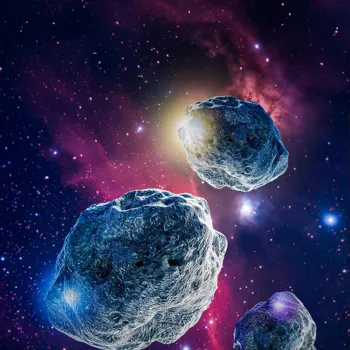
This extreme change in distance from the sun causes the dramatic changes that create the comet's tail. Asteroids typically have more circular orbits, meaning they maintain a relatively consistent distance from the sun.
Their orbits are usually within the plane of the solar system, while comets can have orbits that are highly inclined. The shape and orientation of their orbits are another key difference.
Brightness and Visibility: Fleeting Glory vs. Steady Presence
Comets are often much more visible than asteroids, especially when they are near the sun. The sunlight reflecting off the coma and tail can make them appear quite bright, even to the naked eye. Throughout history, bright comets have been awe-inspiring spectacles.
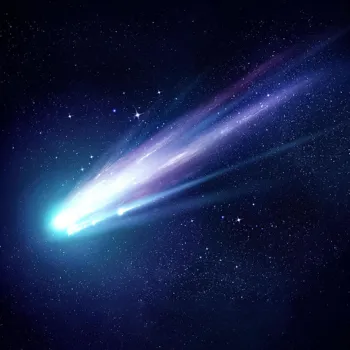
Asteroids, being smaller and less reflective, are generally much fainter and require telescopes to be observed. While there are millions of asteroids, most are too small and distant to be seen without specialized equipment.
The transient beauty of a comet versus the steady, but fainter, presence of an asteroid offers a stark contrast in their visibility.
Density: Light and Airy vs. Solid and Compact
Due to their icy composition and porous structure, comets have a low density. This means they are relatively light for their size. Asteroids, composed primarily of rock and metal, are much denser. They are compact and solid, packing more mass into the same volume.
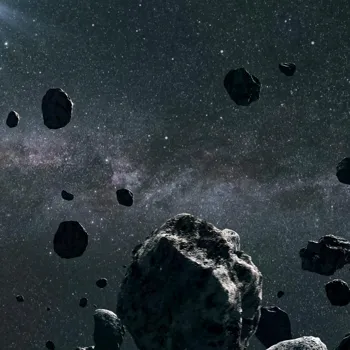
Think of it like comparing a snowball to a rock of similar size. The snowball is much lighter because it is mostly ice and air, while the rock is heavier because it is made of dense minerals. This difference in density reflects their fundamental difference in what they are made of.
In conclusion, while both comets and asteroids are fascinating celestial objects, they are distinct in their composition, location, orbits, visibility, and density.
Understanding these differences helps us appreciate the diversity of objects in our solar system and provides valuable insights into the solar system's formation and evolution. Keep looking up, and keep learning! Jai Hind!
Paragraphs, each with 350 characters:
Comets are icy dirtballs, mostly frozen water, methane, and ammonia, mixed with dust. Asteroids are space rocks mainly made of metal like iron and silicate. This composition dictates their appearance and behaviour in space.
Comets are like cosmic slush puppies, asteroids like rocky remnants.
Comets come from the outer solar system. That is from the Kuiper Belt or the Oort Cloud. Asteroids mostly live happily in the asteroid belt, a region between Mars and Jupiter. Location decides exposure to the sun.
This is a vital point to remember.
A comet can have a spectacular tail once it gets nearer the sun. Heat transforms its ice into gas and dust. This creates the tail. Asteroids generally don't have tails because they lack the ice. The tail is one of the easiest recognizable difference.
Asteroids are larger on average from a few feet to hundreds of kilometres. Ceres, the biggest in the asteroid belt is called dwarf planet. Comets have nuclei of a few kilometres across usually shorter than typical astroids. So ateroids are bigger.
Comets have highly elliptical orbits, far from the Sun then close. Asteroids have pretty circular orbits, keeping Sun at constant distances. Comets orbits can be highly inclined too. Different orbit shape is important.
Comets are brighter because of ice and dust creating light, sometimes seen with naked eye. Asteroids are smaller and not reflective, requiring a telescope. One can see comets easily if not asteroids.
AI Generated Content. Glance/InMobi shall have no liability for the content
